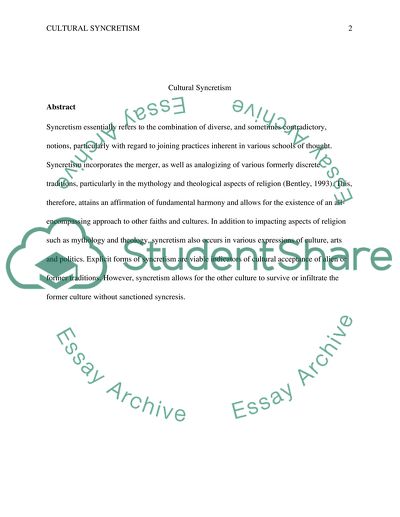Cite this document
(The Paradigms of Cultural Syncretism Assignment, n.d.)
The Paradigms of Cultural Syncretism Assignment. Retrieved from https://studentshare.org/culture/1796209-cultural-syncretism
The Paradigms of Cultural Syncretism Assignment. Retrieved from https://studentshare.org/culture/1796209-cultural-syncretism
(The Paradigms of Cultural Syncretism Assignment)
The Paradigms of Cultural Syncretism Assignment. https://studentshare.org/culture/1796209-cultural-syncretism.
The Paradigms of Cultural Syncretism Assignment. https://studentshare.org/culture/1796209-cultural-syncretism.
“The Paradigms of Cultural Syncretism Assignment”, n.d. https://studentshare.org/culture/1796209-cultural-syncretism.


